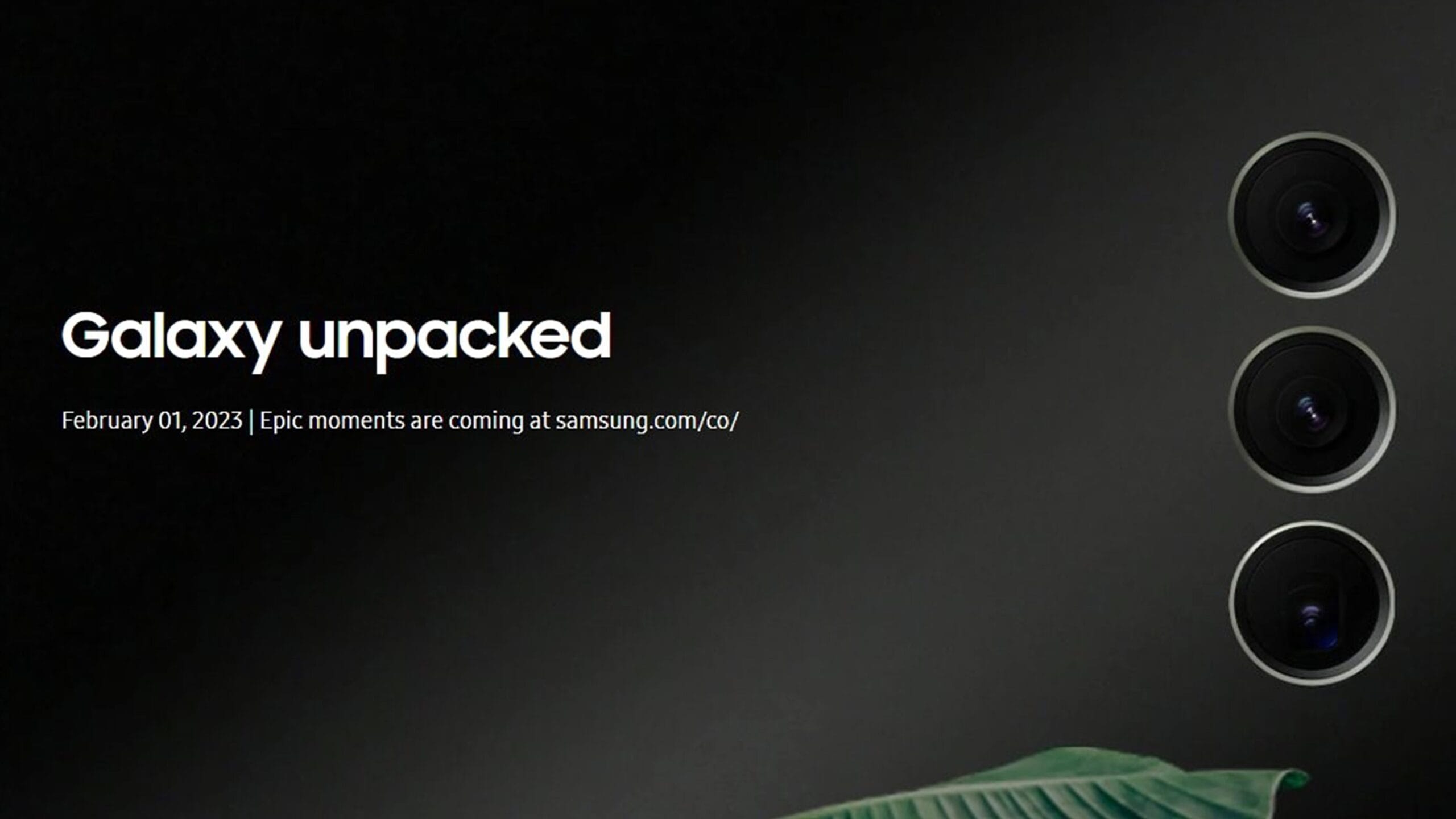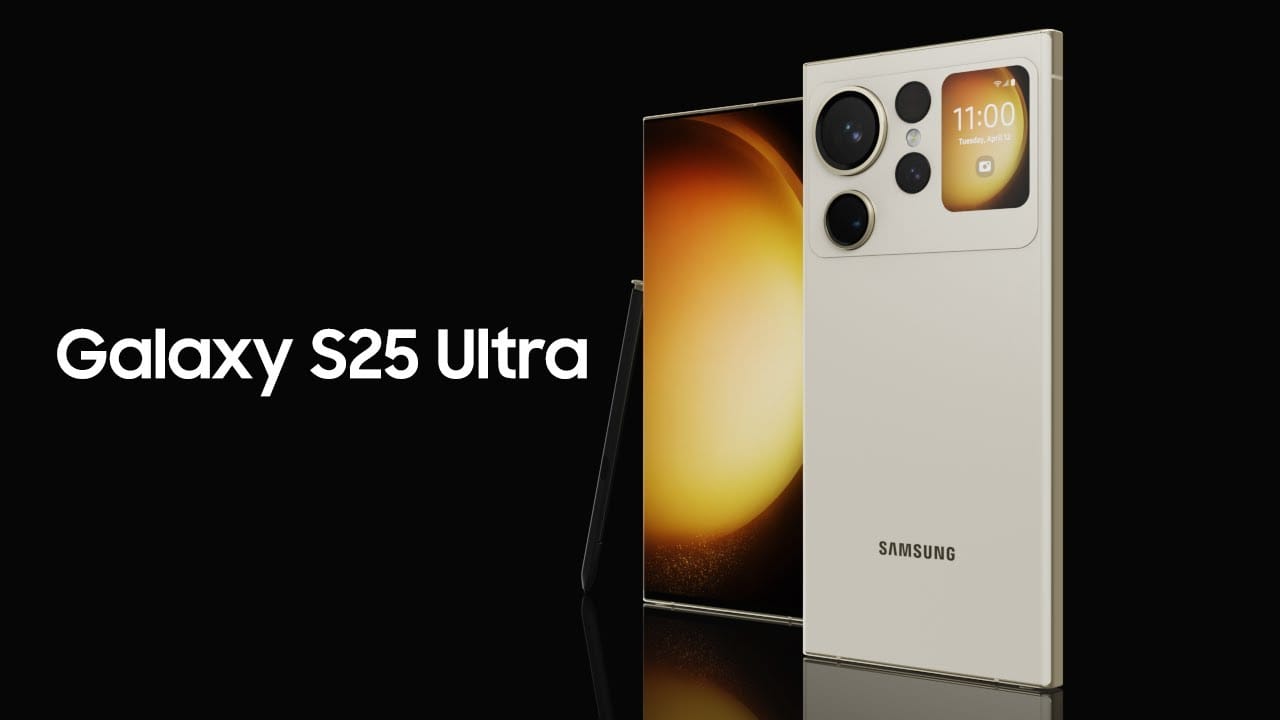Samsung, a leader in innovation within the smartphone industry, has once again demonstrated a willingness to test boundaries by developing two distinct prototypes for its highly anticipated Galaxy S25 Edge. Reports from industry sources reveal that the company’s internal testing teams were presented with two vastly differing versions of the phone. Each prototype reflected contrasting priorities, forcing Samsung to make a definitive choice regarding form, function, and consumer appeal.
According to leaked information, the first prototype, dubbed internally as “Version A,” adhered to Samsung’s tradition of maximizing both technological and hardware specifications. This version featured a robust triple-camera system designed to deliver advanced photography functionalities. Its internals supported a larger battery and other high-end technical specifications, making it a strong contender for professionals and enthusiasts who prefer feature-packed flagship devices. However, it came at the cost of a slightly bulkier build, measuring approximately 8 millimeters in thickness.
In contrast, its counterpart, referred to as “Version B,” took the opposite approach, emphasizing form over function. This second prototype abandoned the triple-camera system in favor of a dual-camera setup, trimming down the device into a sleek body that measured just 6.4 millimeters in thickness. The outer casing was re-engineered using advanced materials to balance durability with aesthetics. Its compact and lightweight design aimed to cater to consumers valuing slimness, portability, and elegance in their smartphones.
The final decision to greenlight Version B, the sleeker of the two prototypes, is being hailed as a bold move that prioritizes market trends rather than pure hardware specifications. Industry analysts suggest that the choice aligns with an increasing consumer demand for devices that are visually appealing and easy to manage with one hand. Despite the sacrifices in camera specifications, the Galaxy S25 Edge still promises to deliver top-tier performance and experience, owing to its premium chipset, optimized software, and Samsung’s traditionally high-quality displays.
This decision also reflects a possible shift in Samsung’s broader product strategy, further diversifying its Galaxy S series lineup. By offering the Edge as an ultra-slim option among its standard and Ultra models, Samsung is looking to attract a niche segment of users who may have previously gravitated toward competing brands for their minimalist designs.
Critics, however, question whether the reduction in camera capabilities may alienate photography enthusiasts. With triple-camera systems becoming standard among premium flagships, the dual-camera setup could face scrutiny. Still, Samsung appears confident that the operational strengths of its improved image-processing algorithms, coupled with the software-driven enhancements, will bridge the perceived capability gap for the majority of users.
Leaks indicate that the Galaxy S25 Edge will be officially revealed at Samsung’s upcoming Galaxy Unpacked event, where full specifications, pricing, and availability details will be unveiled. Until then, it remains a highly-discussed topic among both enthusiasts and critics, offering an interesting glimpse into Samsung’s approach to balance innovation, market trends, and consumer preferences. Whatever the reception, the decision to focus on a sleeker, thinner design is yet another chapter in Samsung’s long history of pushing design boundaries.



